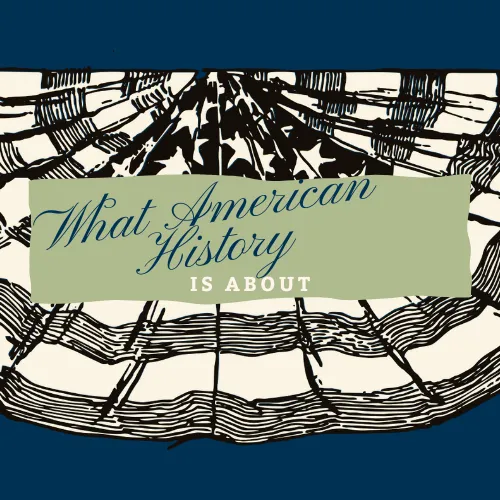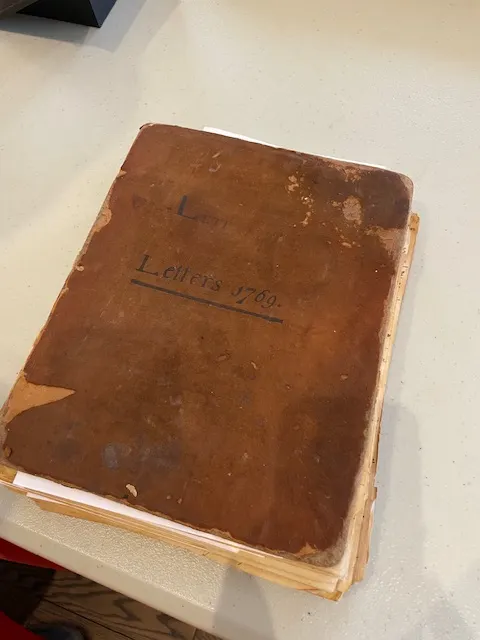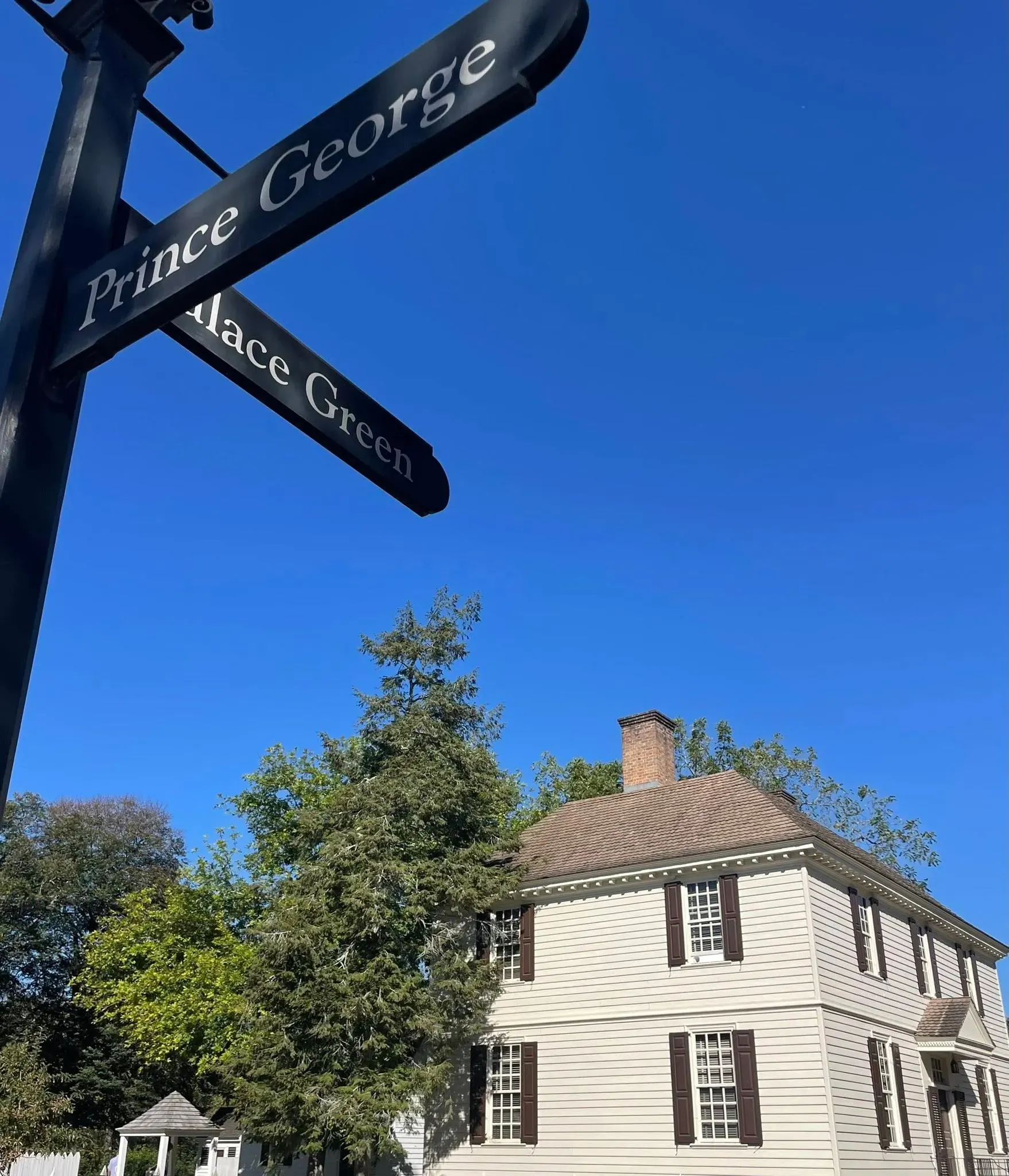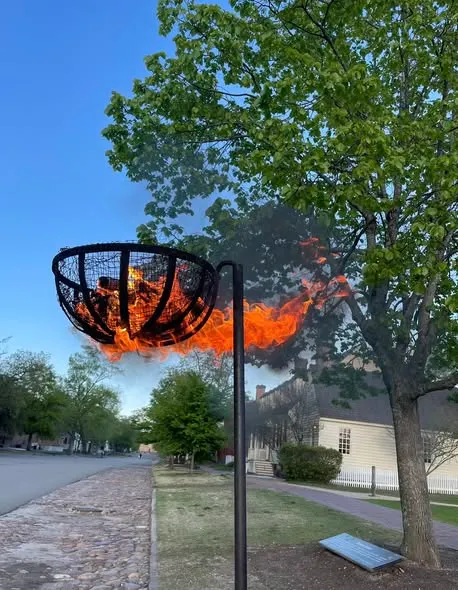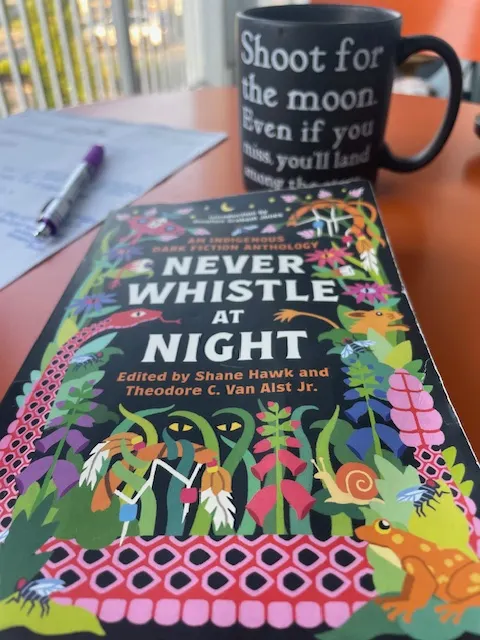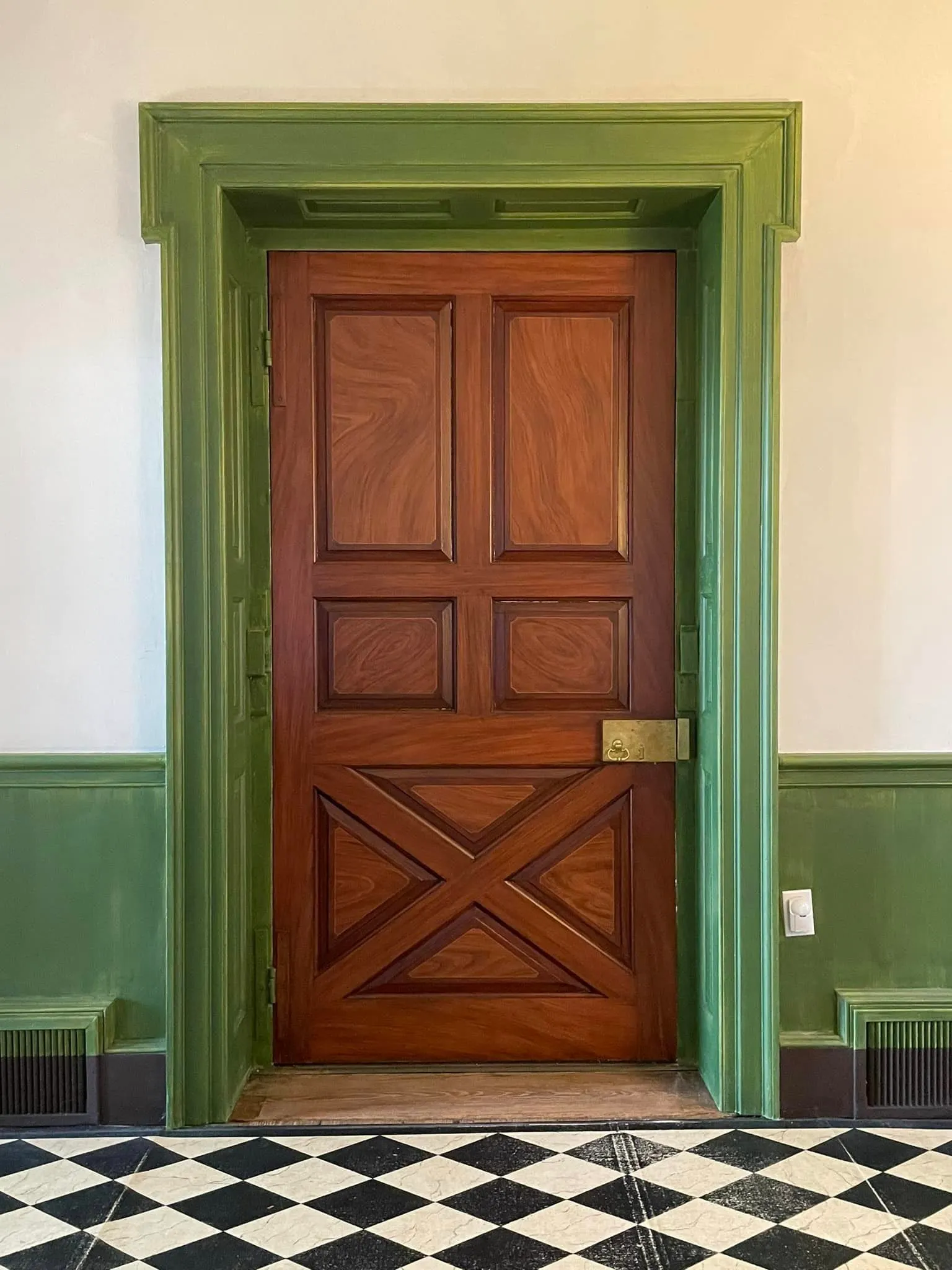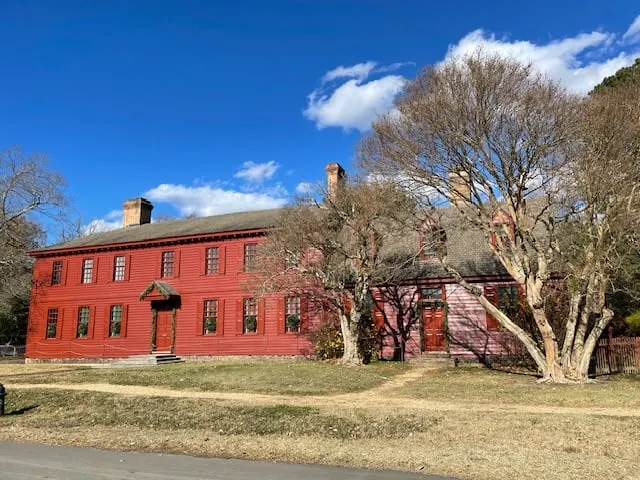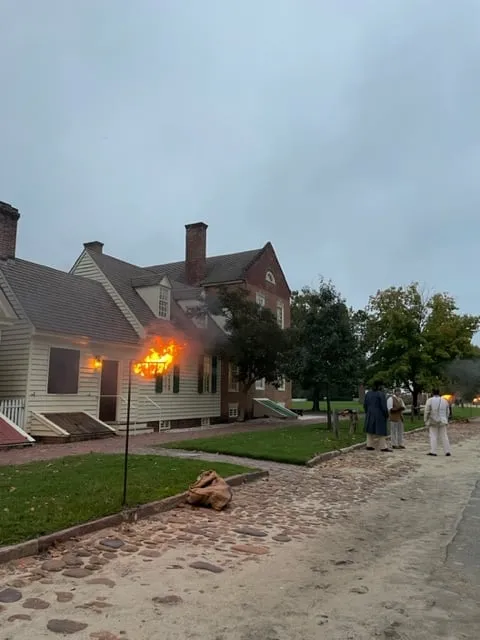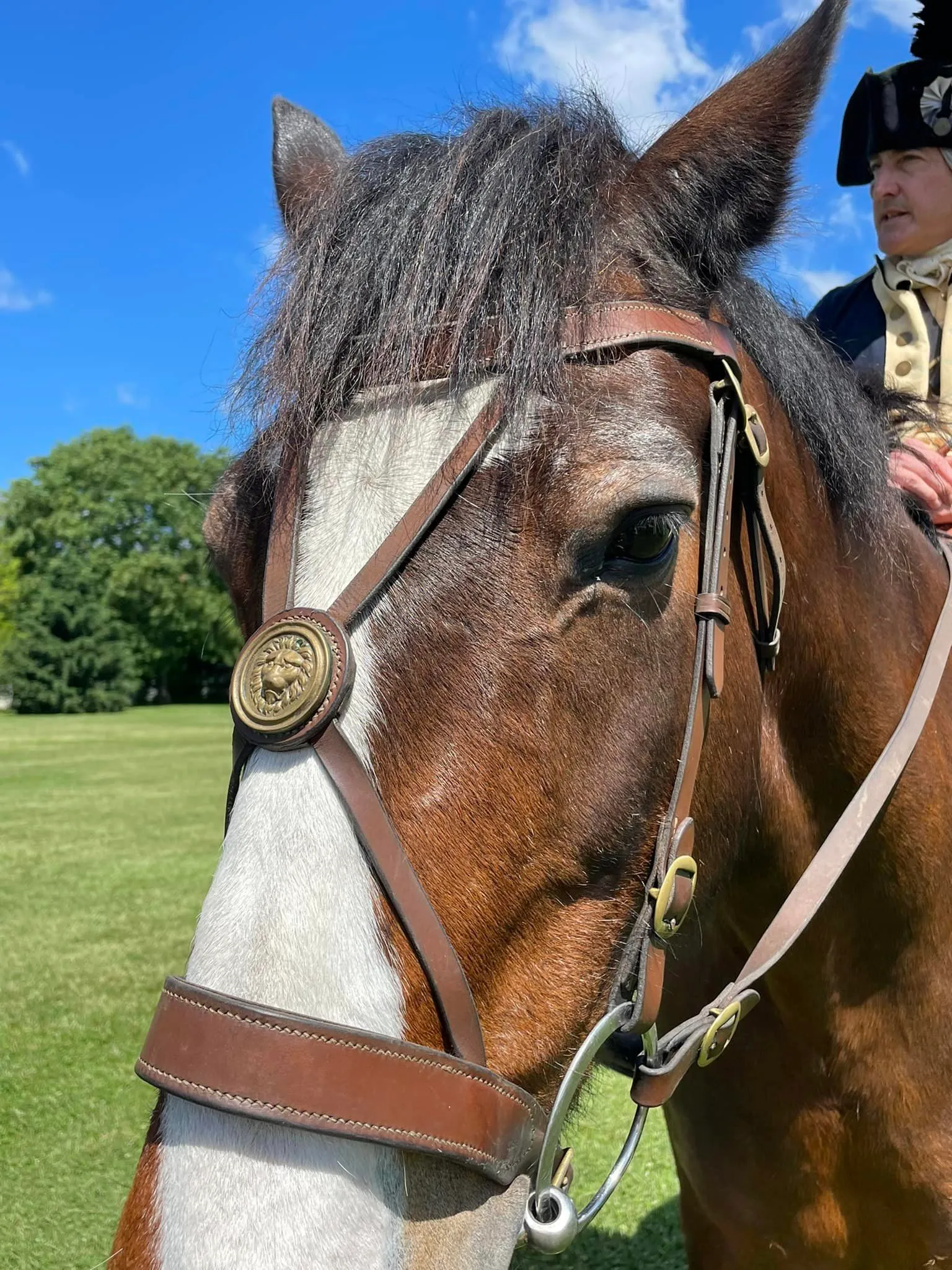3 Cool Primary Sources That Are Not the Declaration of Independence but Are Fascinating Bits of American History
I've already written a post on primary sources, but I had some more to add.
In my first post discussing primary sources, which you can view by clicking here, I shared the types of primary sources that are out there to dig into. From letters, to newspaper ads, to inventories and daybooks- only to name a few- there are some pretty cool things we can use to learn history.
Seeing American history as it's described directly by those who lived it: priceless. I'm a total nerd about it and it's why almost every post on this blog closes with words from the past.
Growing up, we Americans learn about the Declaration of Independence. And it IS an important piece of our history. But what about the letters discussing it, the decisions that led to its creation, or even the impact it had on people living in other countries?
Let's talk about 3 specific documents.
Necessary disclaimer: As a blogger, I use affiliate links sometimes! I may receive commission from purchases I share; it does not change your price but sometimes you might get a discount.

Number 1: the French Declaration of the Rights of Man and of the Citizen
Did you know that Jefferson helped the Marquis de Lafayette pen the Declaration of the Rights of Man and of the Citizen while in France?
I've heard it mentioned more than once around here in Colonial Williamsburg (CW), the largest living history museum in the world, that Lafayette and Jefferson developed a relationship after the Revolution, when Jefferson spent time in France.
I'll drop an educated guess that they had more than a love for French wine in common: they had the passion and shared experience of fighting, in their own ways, for American independence.
As the French people looked across the ocean, and many traveled here to fight alongside us, it would only make sense they'd be thinking about their life in France, a monarchy.
The French Revolution was complicated and there are differing views on comparing it to ours. That said, the Marquis believed in a constitutional monarchy and stepped forward to combine the best of both worlds in his home country after he returned from America. And Jefferson was there to help.
RELATED: Click here to read Lafayette's draft of the Declaration of the Rights of Man and of the Citizen.
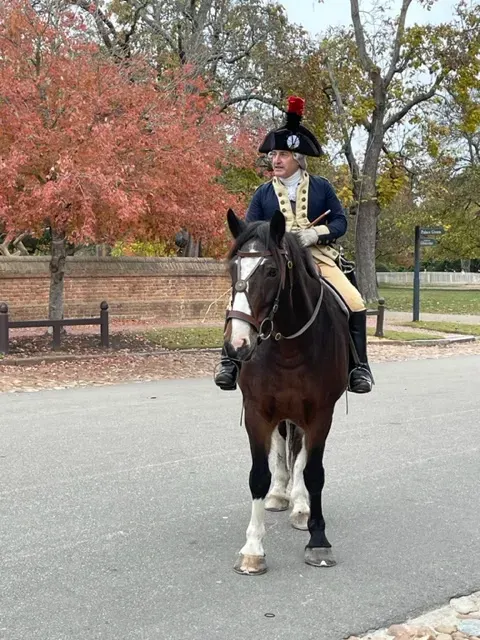
Mark Schneider portraying the Marquis de Lafayette in CW
Number 2: Jefferson's original rough draft of the Declaration of Independence
I find it incredibly cool that you can jump on the internet and see Jefferson's rough draft of the Declaration of Independence. Yes, our Library of Congress has it!
As Kurt Smith, historian, Jefferson scholar and CW interpreter has said, Jefferson didn't have a delete button. You can literally see his thoughts on paper and in the margins... and you can see the anti-slavery clause he included which was removed upon motions by South Carolina and Georgia in order to have a unanimous adoption of the document.
In fact, Mr. Smith has cited his research that Jefferson actually walked out of the room being so upset by this.
History is full of humans, and humans are complex. No one is now or ever has been one-dimensional. Dig deeper, always dig deeper.
RELATED: Access the rough draft and related documents by clicking here.
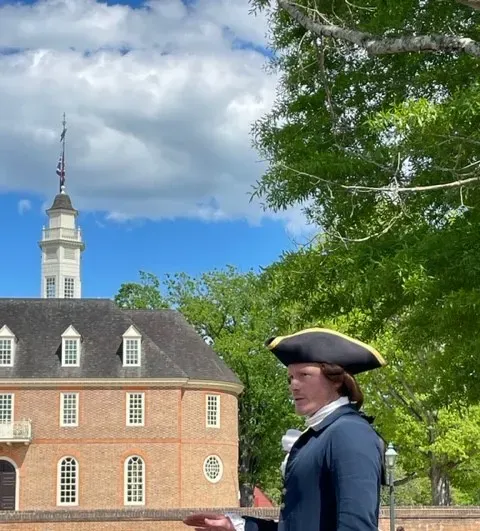
Kurt Smith in front of the Capitol, reconstructed.
Number 3: The resolution Richard Henry Lee introduced in Philadelphia.
Virginia was the first to vote for independency and Richard Henry Lee introduced a resolution to the Continental Congress in Philadelphia.
It's often restated here in Colonial Williamsburg that without the vote for independency, there'd be no declaration of it. I'm a believer, as this section is revised in October of 2025, Richard Henry Lee needs more attention.
And so does the July 2nd vote.
RELATED: Read more here, from our National Archives online, and then use the link to see the resolution in Lee's own handwriting. You can also access the transcription.
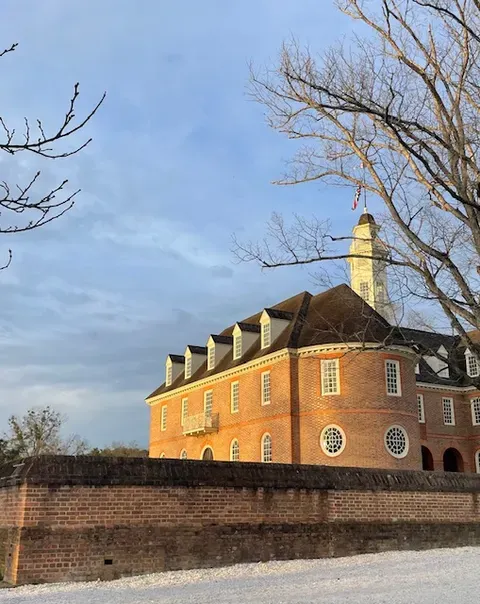
The Capitol in Williamsburg, reconstructed.
Closing it out: dig deeper.
Truly, we can learn as much from all of the above as from the Declaration of Independence itself.
Do you have anything you've found related to our Declaration of Independence you'd recommend checking out? Drop it in the comments!
Let's end this post with John Adams' impressions of the men from Virginia, as written in his diary while attending the Continental Congress in Philadelphia. You can read the entry in full by clicking here.
1774. Fryday. Septr. 2.
(excerpt)
After Coffee We went to the Tavern, where we were introduced to Peyton Randolph Esqr., Speaker of Virginia, Coll. Harrison, Richard Henry Lee Esq., and Coll. Bland. Randolph is a large, well looking Man. Lee is a tall, spare Man. Bland is a learned, bookish Man.
These Gentlemen from Virginia appear to be the most spirited and consistent, of any. Harrison said he would have come on foot rather than not come. Bland said he would have gone, upon this Occasion, if it had been to Jericho.
Are you enjoying the blog? Use my online tip jar and buy me a coffee:
There is a huge practical disclaimer to the content on this blog, which is my way of sharing my excitement and basically journaling online.
1) I am not a historian nor an expert. I will let you know I’m relaying the information as I understand and interpret it. The employees of Colonial Williamsburg base their presentations, work, and responses on historical documents and mainly primary sources.
2) I will update for accuracy as history is constant learning. If you have a question about accuracy, please ask me! I will get the answer from the best source I can find.
3) Photo credit to me, Daphne Reznik, for all photos in this post! All photos are personal photos taken in public access locations or with specific permission.
